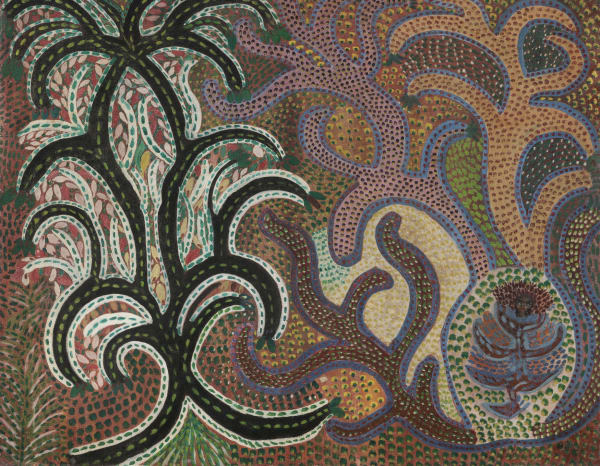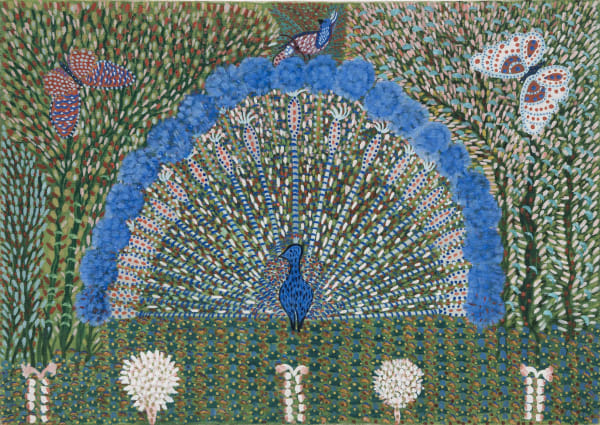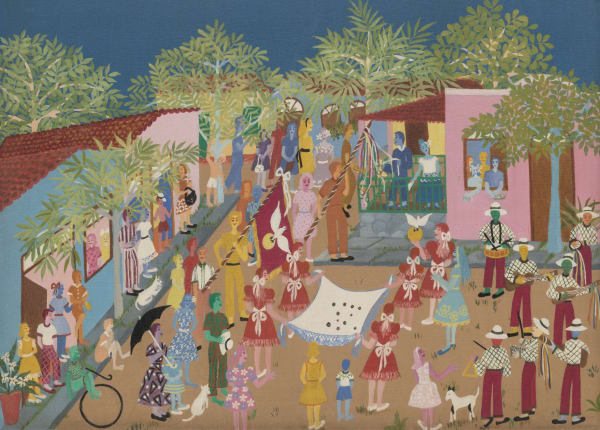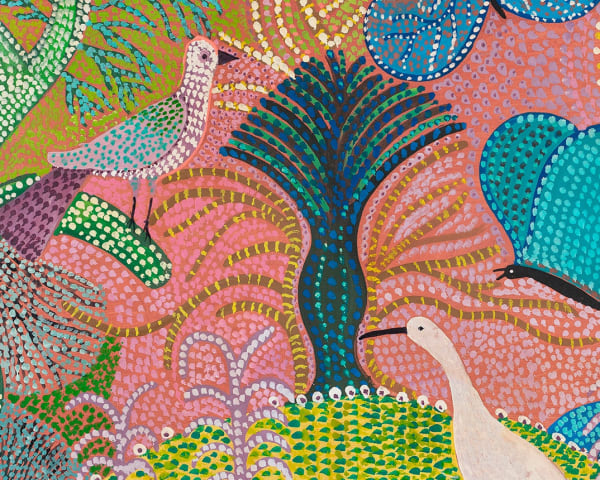Grauben do Monte Lima 1889-1972
Grauben do Monte Lima (Iguatu, CE, 1889 – Rio de Janeiro, RJ, 1972) was a courageous and pioneering figure who came to work in the Southeast of Brazil in the early 20th century and engaged in unconventional areas of work for women. Journalist Maria Ignez Corrêa da Costa Barbosa recounts that "Grauben was one of the first women in Brazil to work in the press (at the Fon-Fon magazine, translating swashbuckling novels from French), to hold a public position (at the Ministry of Finance), to go unaccompanied to the city's cafes, where she would listen to the conversations of the bohemians of the time, such as Olavo Bilac and Alberto de Oliveira, and to take the tram alone."
It was only at the age of 70 that Grauben started painting. Self-taught, the artist stated in an interview with the Museum of Image and Sound in 1968: "I became a painter because of the twilight. I lived on General Osório Square. At that time, there weren't as many buildings. From my window, I gazed at the sea. The sun was half in it, half out; and lying on those waters, that carpet of light. I started crying because of its beauty. My niece said that only an artist would cry over that, and she gave me painting materials."
When some of her work came into the hands of Ivan Serpa, she was encouraged by the artist and teacher to continue and follow his classes at the Museum of Modern Art in Rio de Janeiro. From then on, she never stopped. She quickly gained a place in important Brazilian and international galleries and institutions, taking part in the 7th São Paulo Biennial in 1963, the exhibition ‘8 peintres naïfs brésiliens’ at the Jacques Massol gallery in Paris in 1965 and a solo show in 1966, which brought together 80 of her paintings, at the MAM Rio —among other great achievements.
Compared—whether in terms of formal aspects or artistic journey—to other artists identified as naïve, such as the American Grandma Moses (1860-1961) and the French Séraphine de Senlis (1864-1942), Grauben possessed, nonetheless, a unique style. About her, critic Mário Pedrosa said: "Grauben's art is a generous splurge of the last pollen of life from a nature that dissolves into a carpet of luminous colors." In a career that lasted just over a decade in the last years of her life, she produced nearly three thousand canvases in which she developed what another great critic, Walmir Ayala, called "neo-impressionism, with imaginary landscapes composed of small brushstrokes, like points of light."
Grauben's paintings can be found in the collections of national and international museums, such as the Museum of Modern Art in Rio de Janeiro – MAM Rio, Brazil; the National Museum of Fine Arts – MNBA, Rio de Janeiro, Brazil; Collection Cérès Franco, Montolieu, France. The artist has been featured in important publications on naïve art and painting, including: Dictionnaire des peintres naïfs du monde entier / Lexikon der Laienmaler aus aller Welt / Lexicon of the world's naive painters (1976) by Anatole Jakovsky; Dicionário das artes plásticas no Brasil (1969) by Roberto Pontual; and Dicionário de Pintores Brasileiros vol. II (1986) by Walmir Ayala.
-

Grauben do Monte Lima
Museu Inimá de Paula – MG 7 Aug - 19 Nov 2025Read more -

Existências paralelas – acervo em (des)construção
Curadoria: Lisette Lagnado, José Eduardo Ferreira Santos e Yuri Firmeza | Pinacoteca do Ceará - CE 17 May - 16 Nov 2025“Existências paralelas – acervo em (des)construção” é a segunda mostra, depois de “Se arar” (2022-2024), concebida a partir da análise da missão da Pinacoteca do Ceará. Desta vez, discutem-se os...Read more -

Elisa Martins da Silveira
Museu de Arte do Rio (MAR) – Rio de Janeiro 18 Oct 2024 - 2 Feb 2025Read more -

Cais
curated by: Alana Silveira e Tomás Toledo 31 Jan - 4 May 2024 Galatea SalvadorCais [Quay] is the group exhibition that inaugurates the Salvador branch of Galatea, a gallery founded in 2022 in São Paulo, which has chosen the capital of the state of...Read more -

Conversas entre Coleções
Casa Roberto Marinho, Rio de Janeiro 14 Dec 2023 - 24 Mar 2024Read more
-
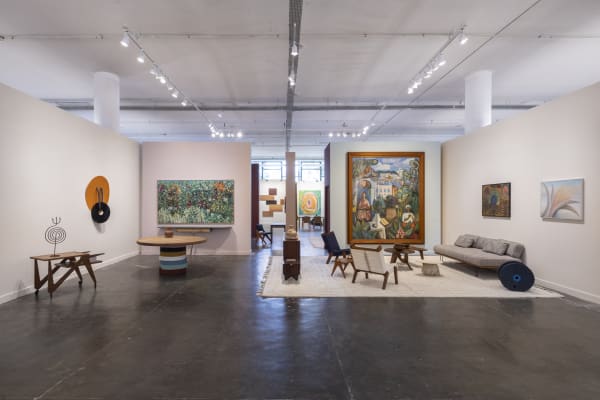
SP-Arte 2025
2 - 6 Apr 2025Galatea is pleased to announce its participation at the SP–Arte 2025 fair, which will take place at the Bienal Pavilion, in Ibirapuera Park, from April...Read more -
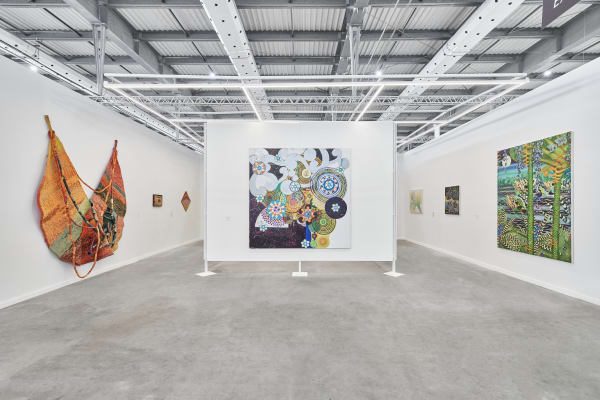
ArtRio 2024
25 - 29 Sep 2024The Galatea booth at ArtRio 2024 presents a selection of works that reflects its artistic program. Showcasing a range of artists, from emerging talents on...Read more -

Grauben: the point of twilight
ArtRio 2023 13 - 17 Sep 2023Grauben: the point of twilight Galatea's project for ArtRio 2023, Grauben: the point of twilight , presents a selection of 21 works by Grauben do...Read more


